Yes, you can use a segment tree to solve this problem.
Let's try to think what that tree must look like. Obviously, every node must contain the length of max subarray of 1s and 0s in that range.
Now, how do we join two nodes into a bigger one. In other words, you have a node representing [low, mid) and a node representing [mid, high). You have to obtain max subarray for [low, high).
First things first, max for whole will at least be max for parts. So we have to take the maximum among the left and right values.
But what if the real max subarray overlaps both nodes? Well, then it must be the rightmost part of left node and leftmost part of right node. So, we need to keep track of longest subarray at start and end as well.
Now, how to update these left and rightmost subarray lengths? Well, leftmost of parent node must be leftmost of left child, unless leftmost of left child spans the entire left node. In that case, leftmost of parent node will be leftmost of left + leftmost of right node.
A similar rule applies to tracking the rightmost subarray of 1s.
And we're finished. Here's the final rules in pseudo code.
max_sub[parent] = max(max_sub[left], max_sub[right], right_sub[left] + left_sub[right])
left_sub[parent] = left_sub[left] if left_sub[left] < length[left] else left_sub[left] + left_sub[right]
right_sub[parent] = right_sub[right] if right_sub[right] < length[right] else right_sub[right] + right_sub[left]
Note that you will need to take similar steps when finding the result for a range.
Here's an example tree for the array [0, 1, 1, 0, 1, 1, 1, 0].

